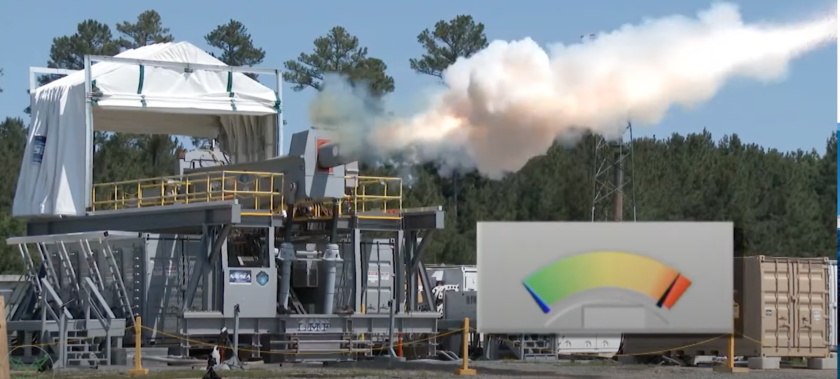Each week, we will be getting to know our faculty members a little bit better. This week, we will be getting to know Dr. Stephen Schultz.

Dr. Stephen Schultz, who teaches Power Electronics and Electronic Circuit Design 1, performs research in optics and sensors—and it's even cooler than it sounds. His passion for the subject started in high school with the near-universal teenage-boy obsession with lasers. But unlike others, he didn’t let this curiosity fizzle out. When he came to BYU as an undergraduate, he jumped on every fun project he could find, and when he came back to BYU as a graduate student, he found himself studying lasers and integrated optics.
His most fun project, however, didn’t come until he began helping the United States Navy develop weapons. Helping to break barriers in weapon design, Dr. Schultz developed sensors for electromagnetic railguns capable of launching projectiles at a speed of Mach 7—seven times the speed of sound. But the project being plastered all over the news wasn’t the most exciting aspect of the project, even though it was fun; for Dr. Schultz, it was the fact that he got to spend the summer out on the navy base testing, tweaking, and observing this amazing technology, manifesting theories and concretizing ideas.
When he isn’t spending his summers helping to design some of the navy’s most formidable technology, Dr. Schultz is busy playing volleyball and hiking mountains—he has hiked Mt. Timpanogos multiple times, and completed the more challenging Mt. Nebo hike just this last year.
Developing a deeper appreciation for the outdoors by spending this time in the mountains, Dr. Schultz has become increasingly interested in renewable energy. He noted that if there were one thing he could create in his lifetime, it would be a highly efficient, low-cost energy storage device, such as high end batteries with low cost and a high energy density— a technology that would revolutionize vehicles, robotics, and life as we know it.